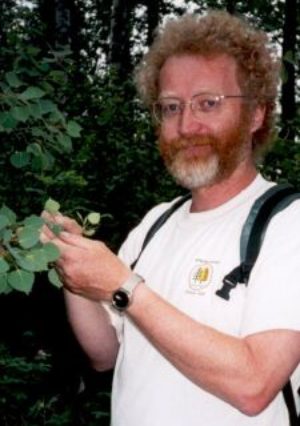Innovation Anthology #13: Professor

Creepy as they may seem, tent caterpillars play an important role in the renewal of aspen forests.
Tent caterpillars feed on the leaves of trembling aspen.
At the height of a tent caterpillar outbreak, the biomass of these creepy crawlies per square kilometer can be the equivalent of 657 caribou.
Outbreaks go in 12 year cycles. Repeated defoliation can eventually kill stands of aspen.
Dr. Jens Roland is an insect population ecologist at the University of Alberta. His research for the Sustainable Forest Management Network has looked at how logging and agriculture undermine natural enemies like parasites and viruses in controlling tent caterpillar outbreaks.
JR: Historically we’ve found that the outbreaks of forest tent caterpillars tend to last longer in areas where the forest has been fragmented into smaller stands. So, in smaller stands, we get longer outbreaks. In larger, continguous stands, the outbreaks tend not to last quite as long. We think that fragmentation of forest stands in someway decouples the tent caterpillar from their natural enemies.
Dr. Roland has determined that aspen stands need to be at least 100 hectares in size to allow for the optimum natural control of tent caterpillars.
Thanks today to The Sustainable Forest Management Network.
FOR INNOVATION ANTHOLOGY, I’M CHERYL CROUCHER
Guest
Hester Jiskoot, PhD,
University of Lethbridge, Lethbridge, Alberta, Canada,
Sponsor
Sustainable Forest Management Network
Established in 1995, The Sustainable Forest Management Network is one of Canada's 22 Networks of Centres of Excellence. The SFMN administrative center is hosted at the University of Alberta, Edmonton, Alberta, Canada. The Network brings together top scientists, forest managers and practitioners, First Nations leaders and governments to address known and emerging challenges to forest sustainability.
![]()
Program Date: 2007-02-27